FOX 2013: New CTD damper, 34 forks and more
New user interfaces, lighter weights and stiffer chassis
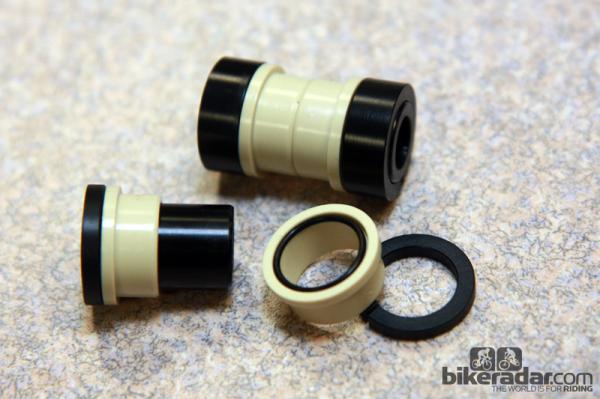
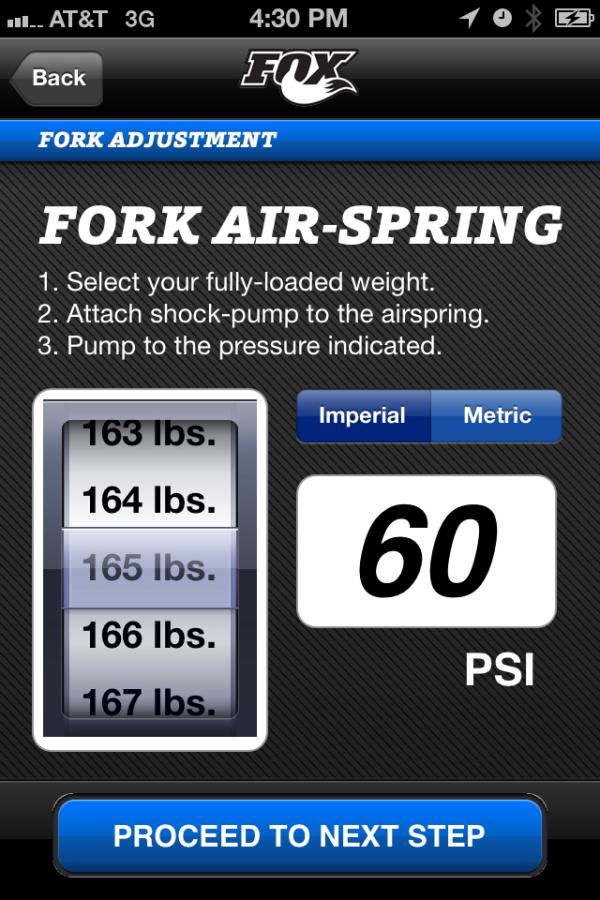

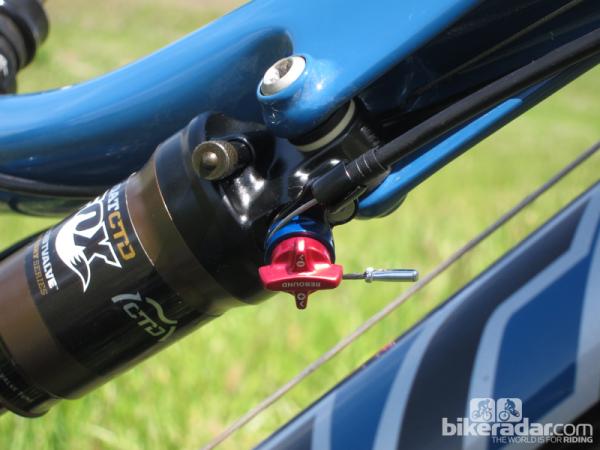
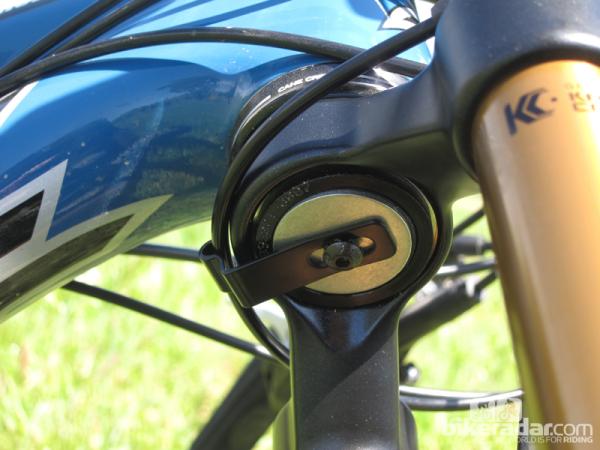
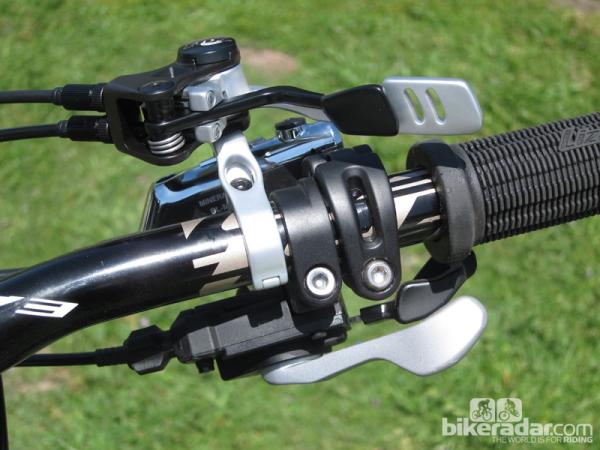
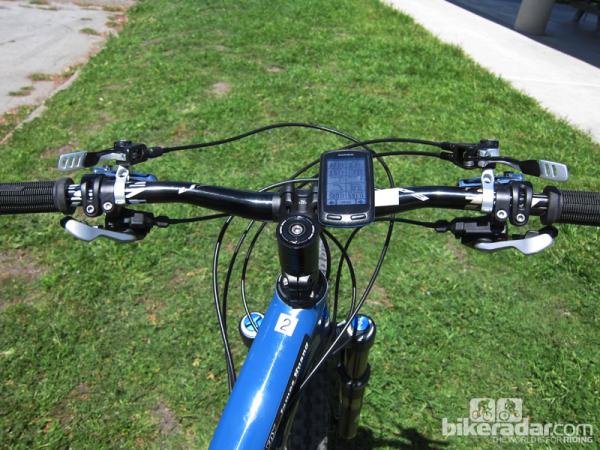
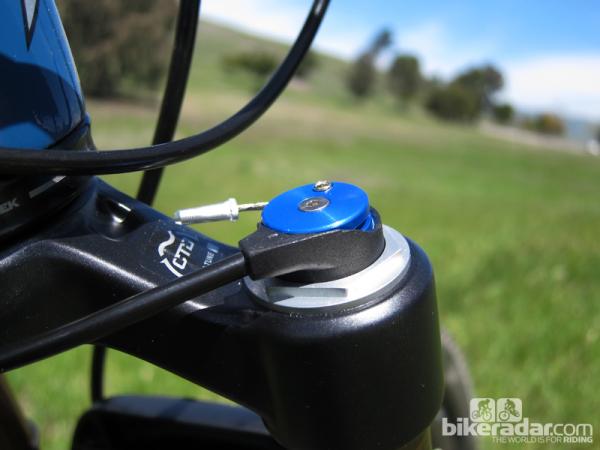
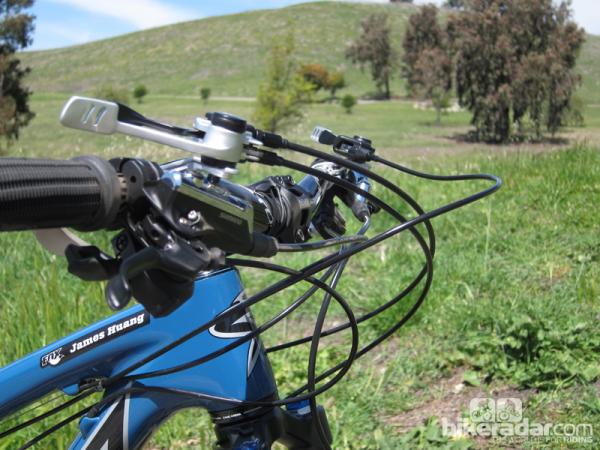
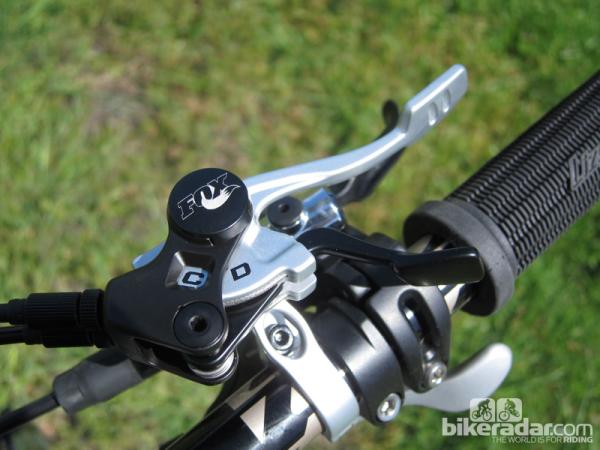
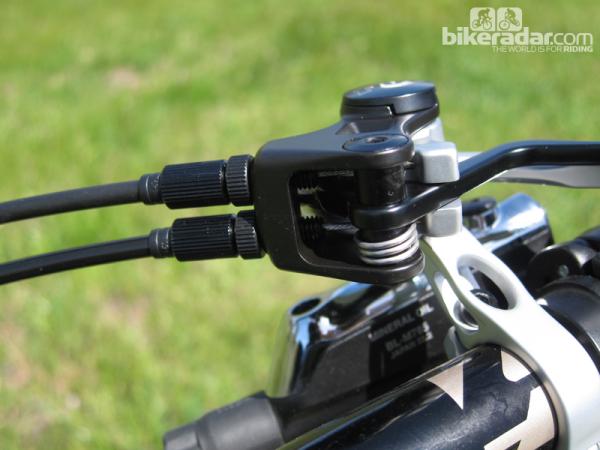
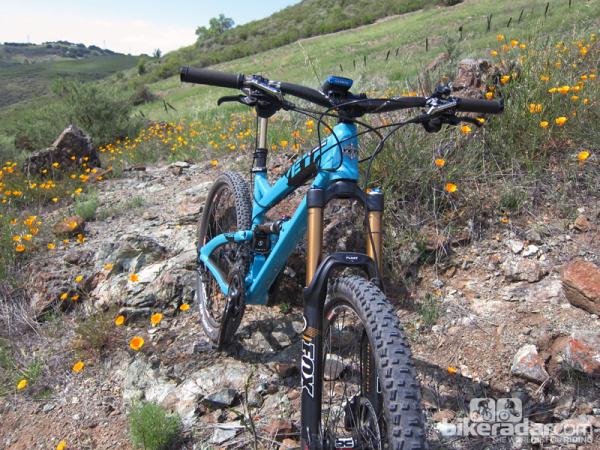
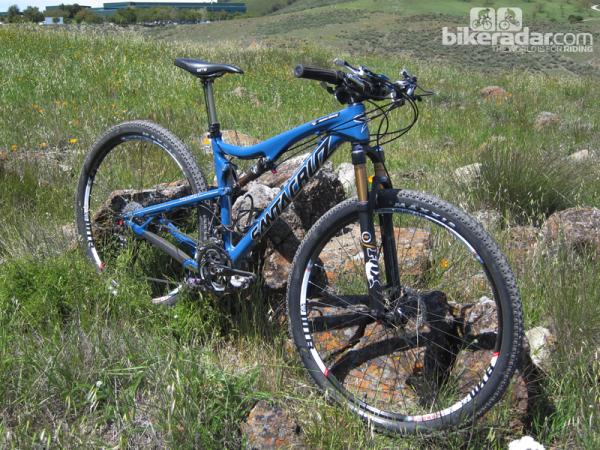
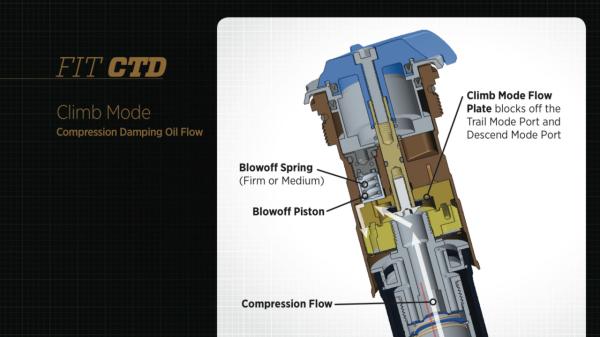
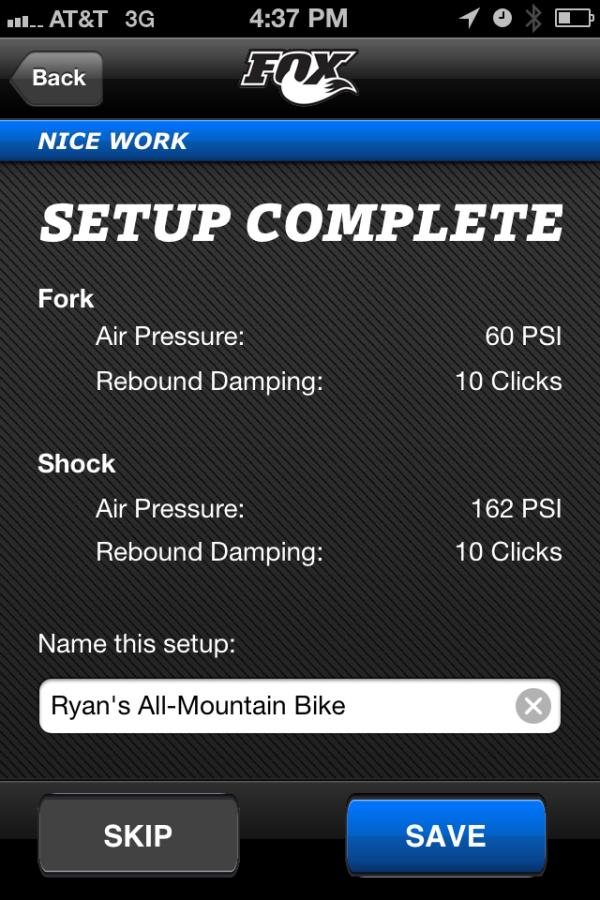
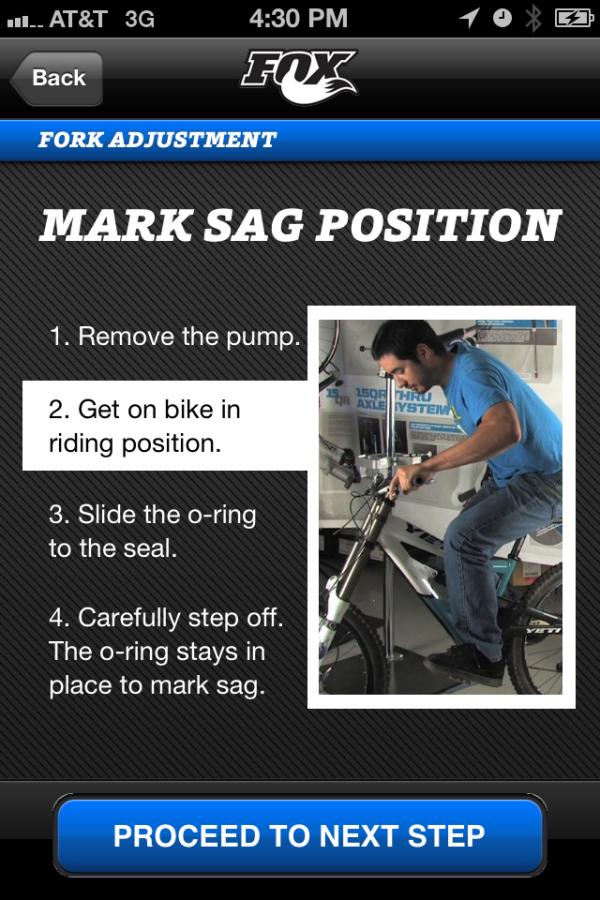
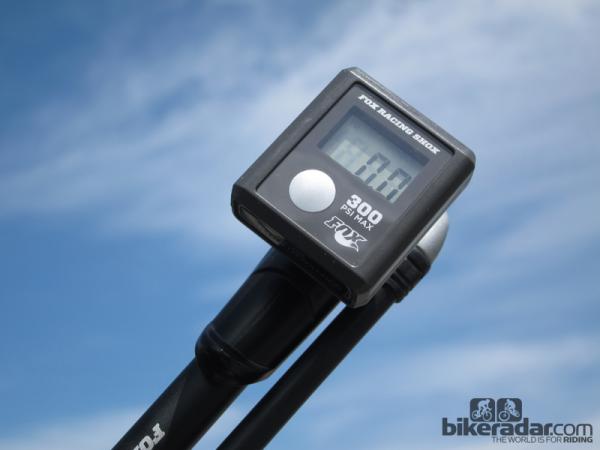
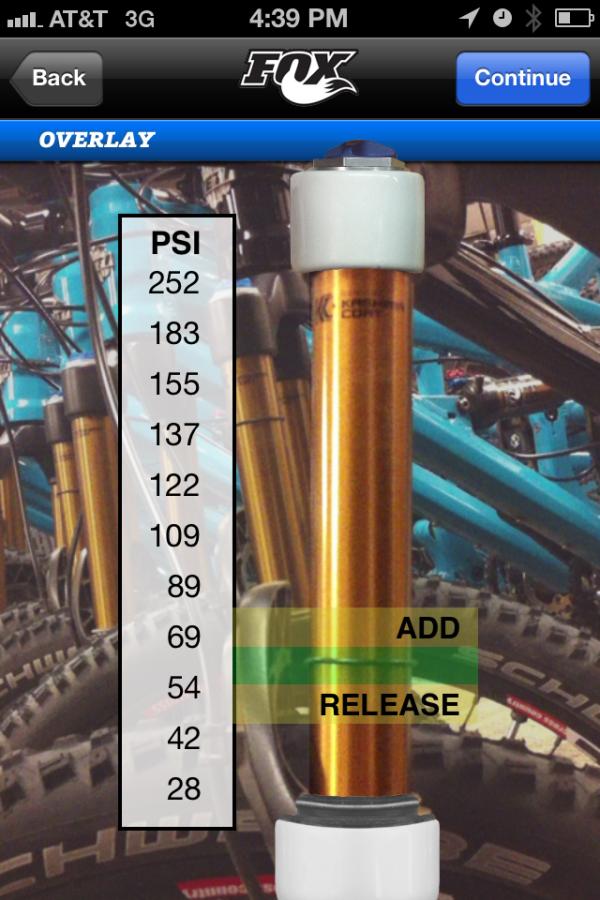
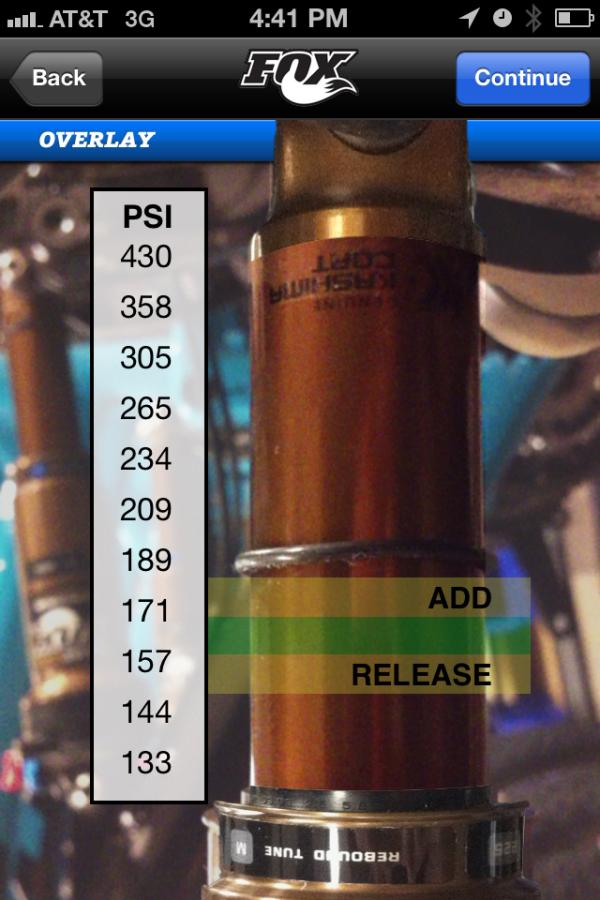
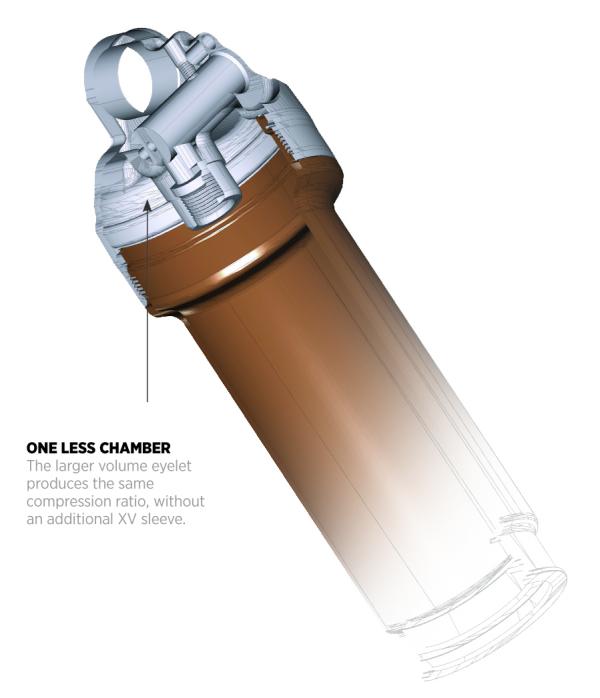
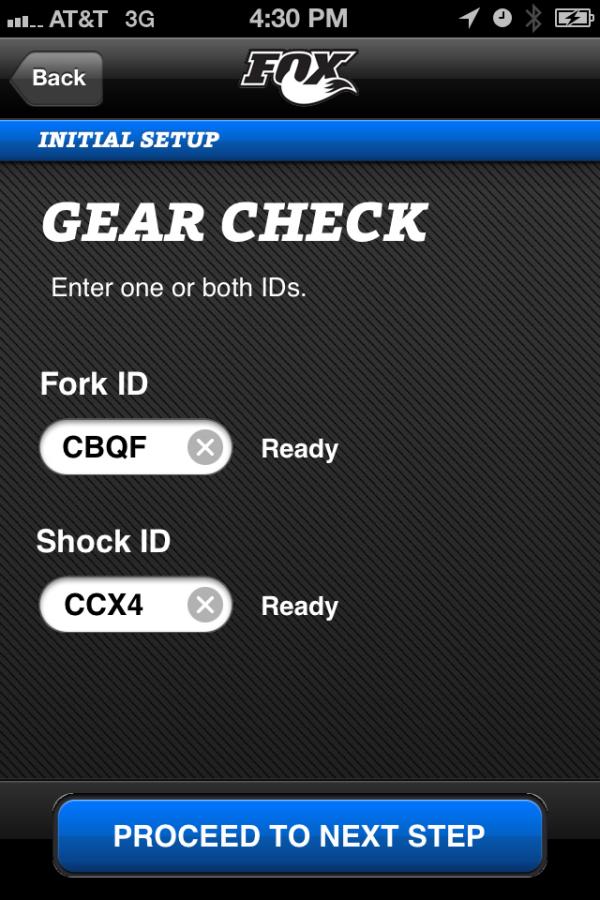
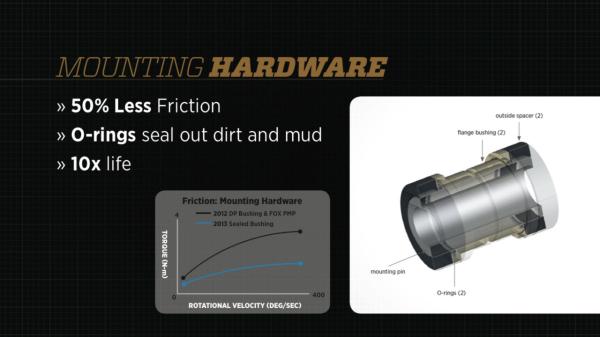
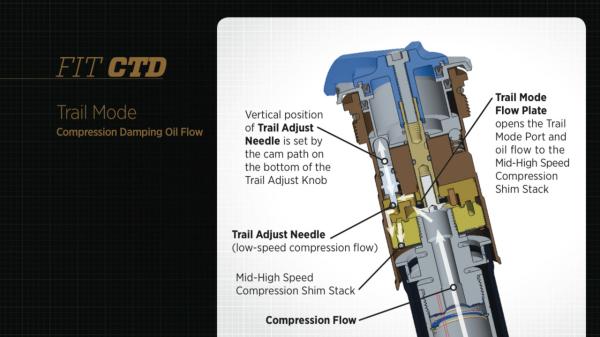
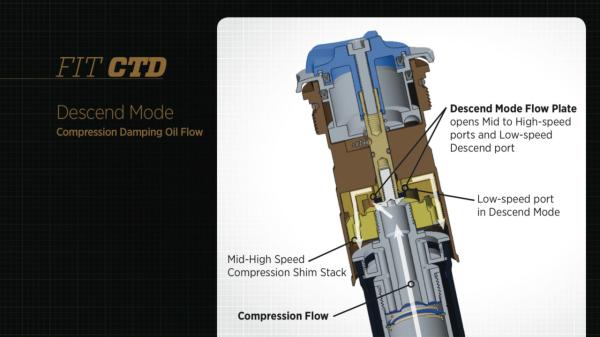
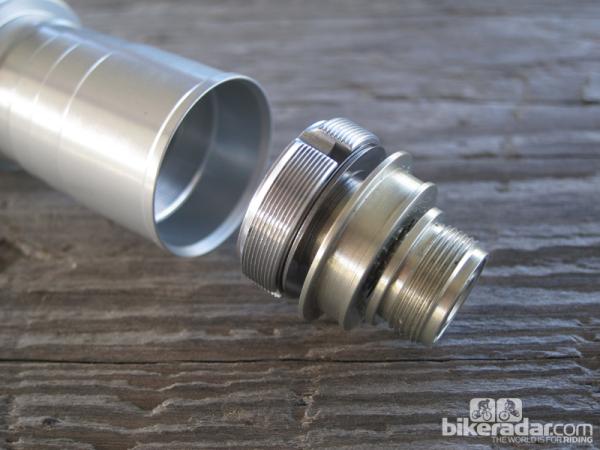
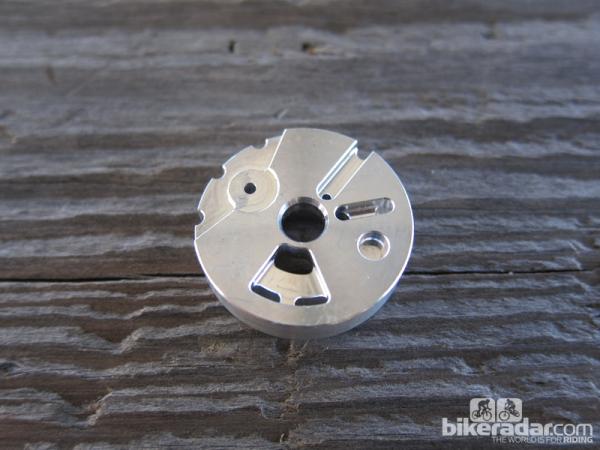
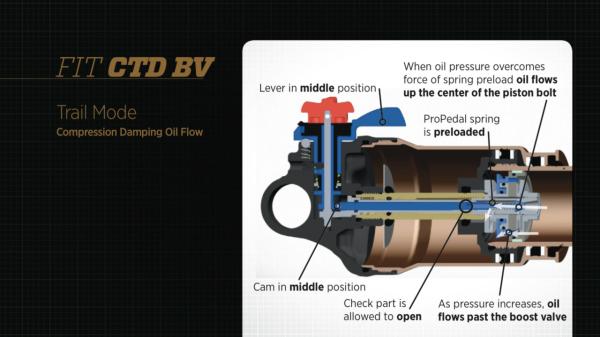
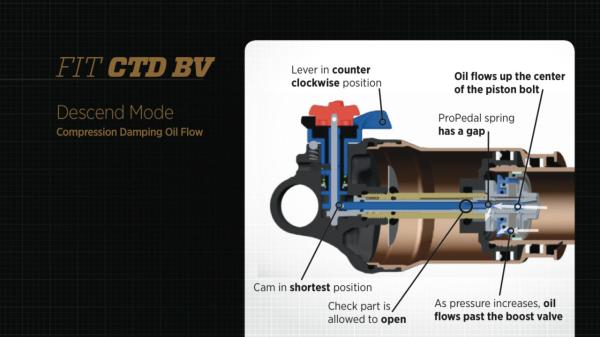
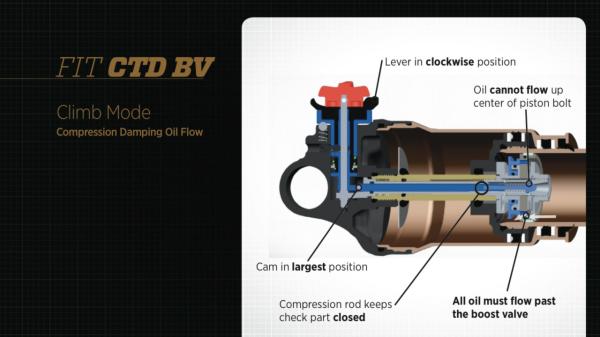
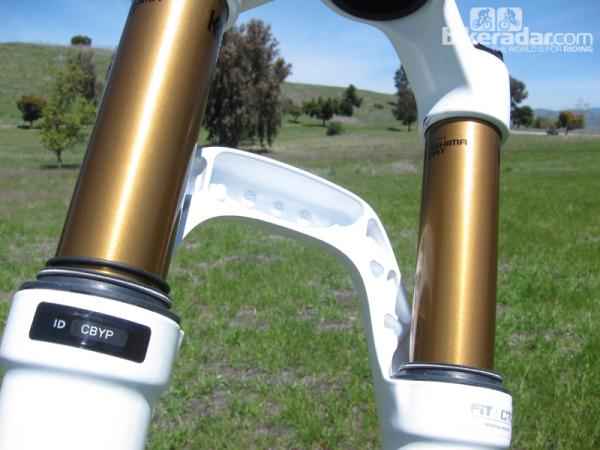
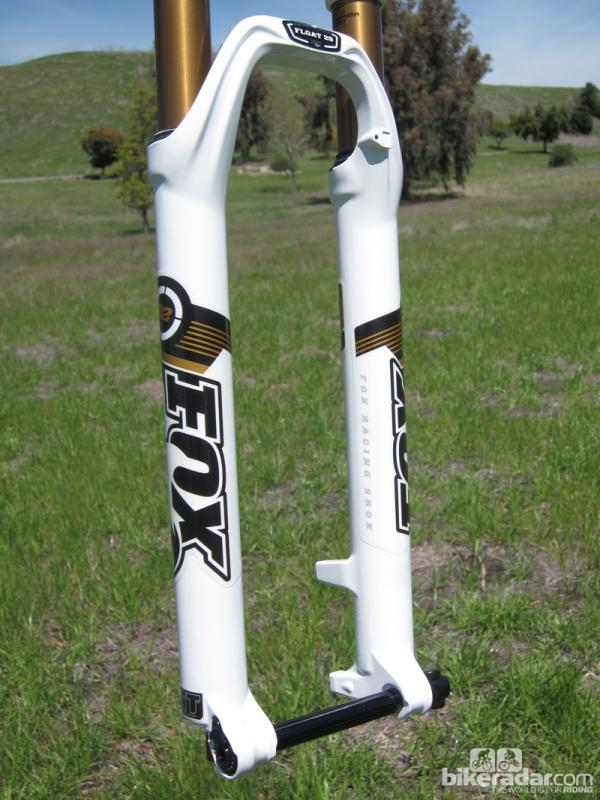
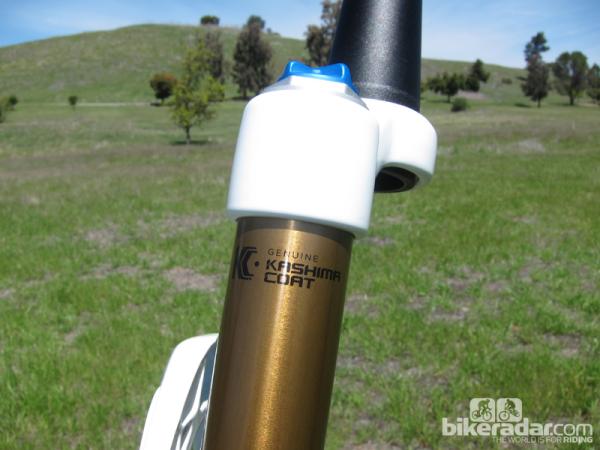
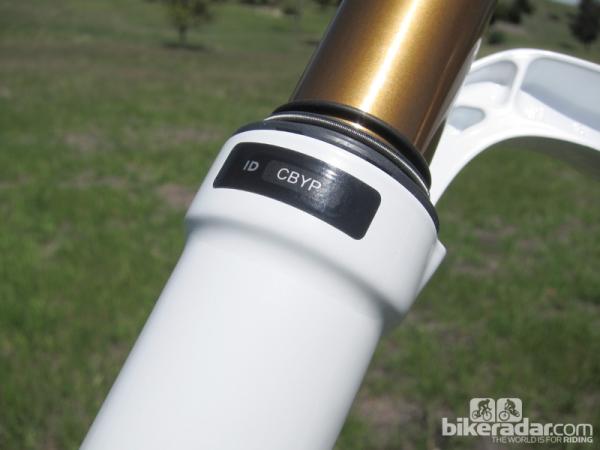
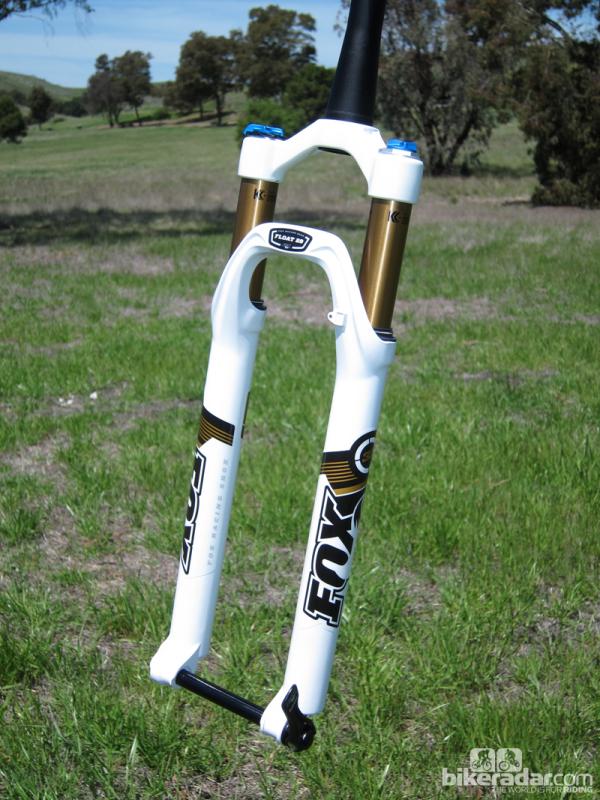
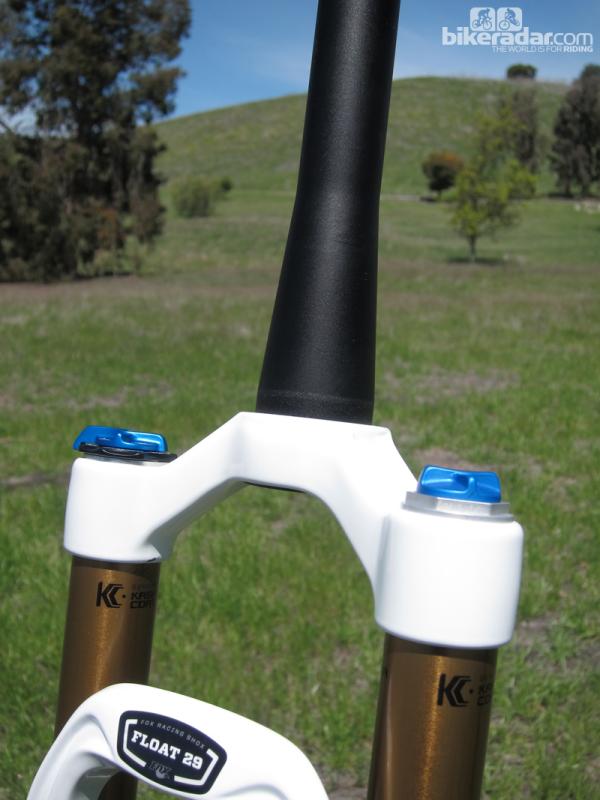
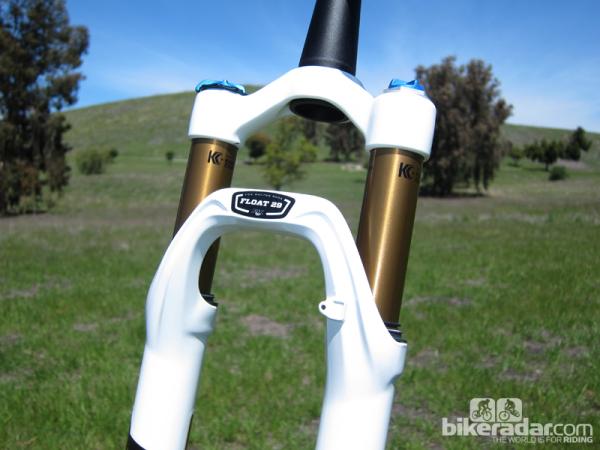
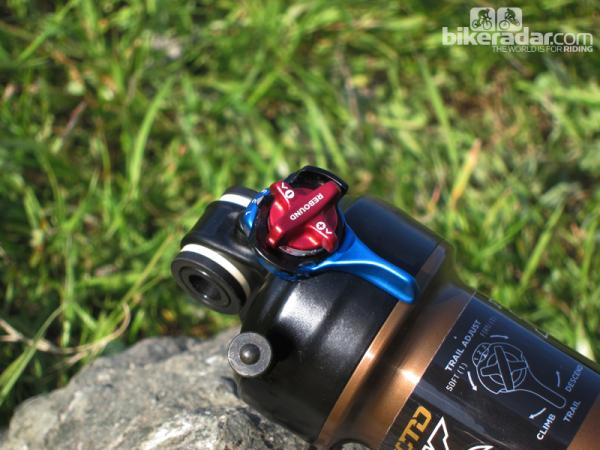
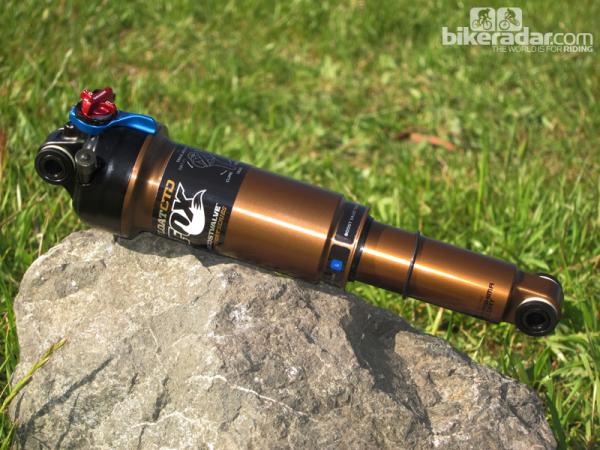
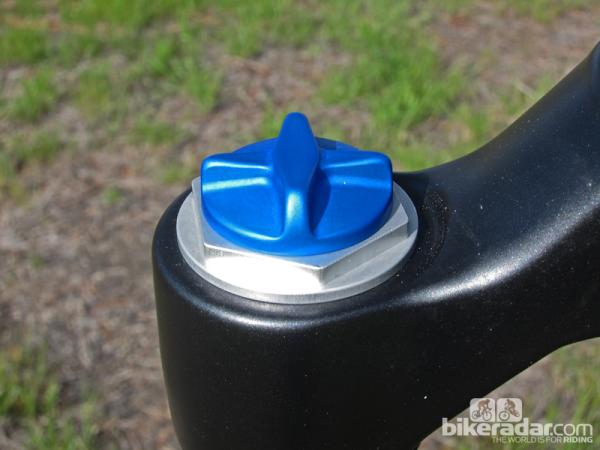
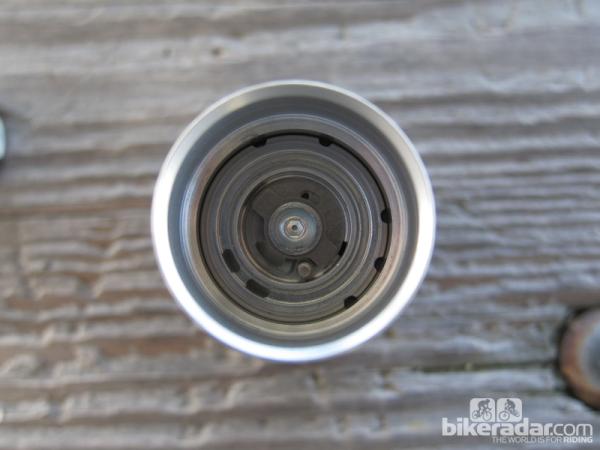
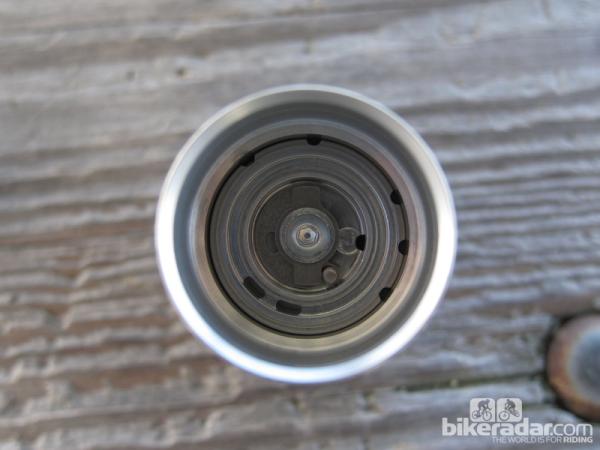
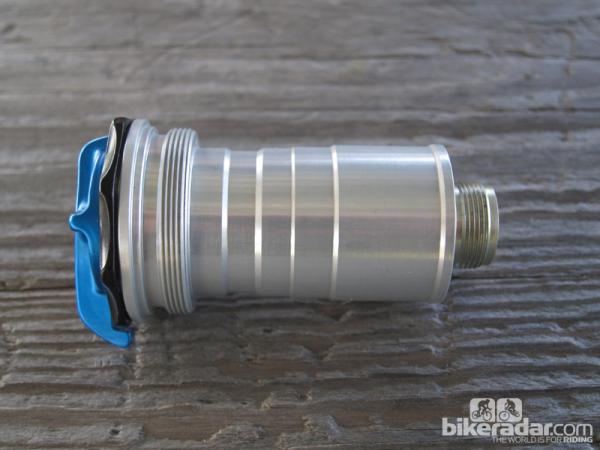
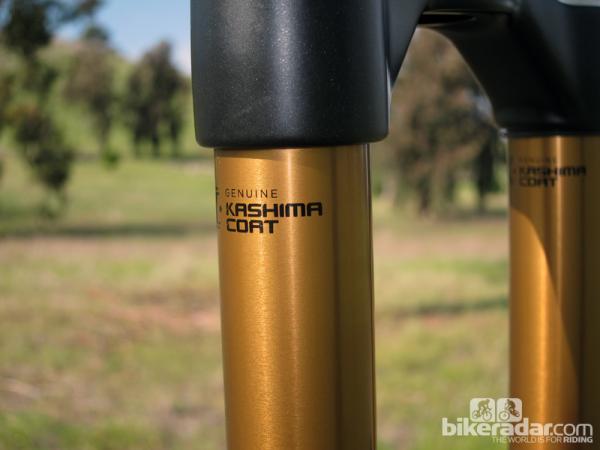
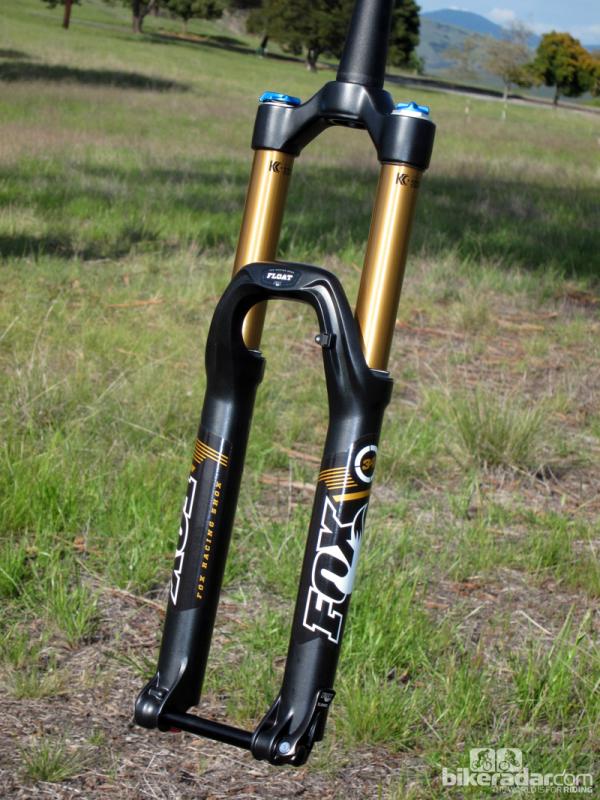
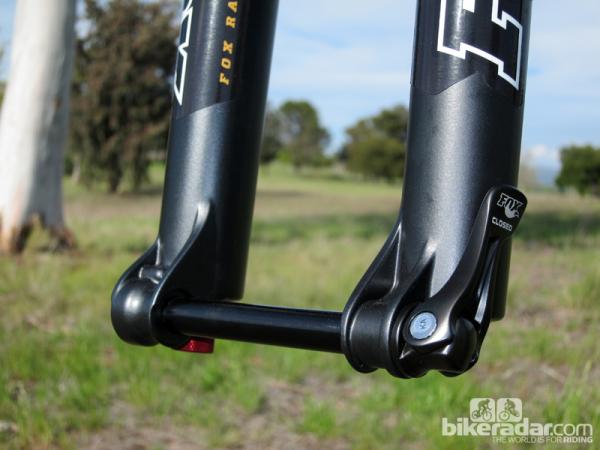
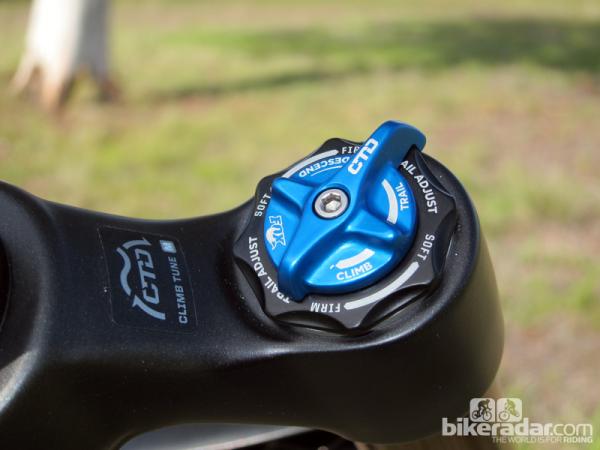
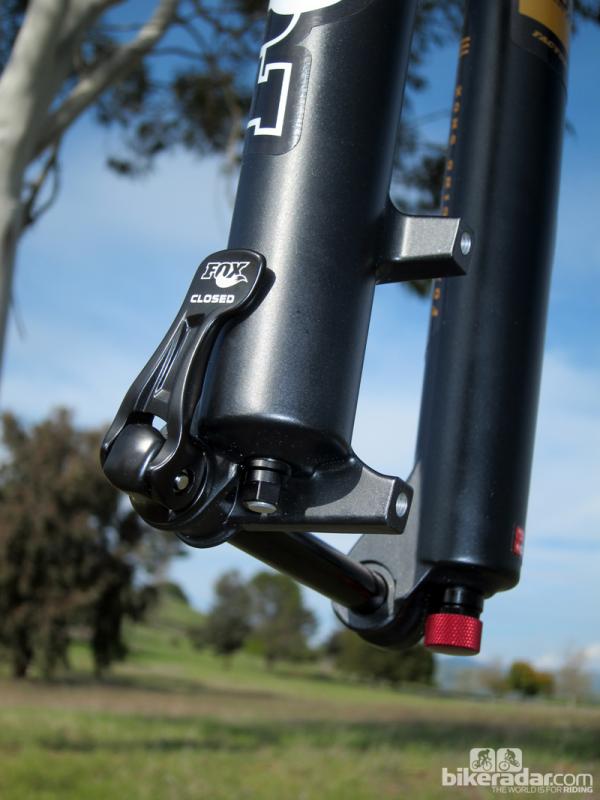
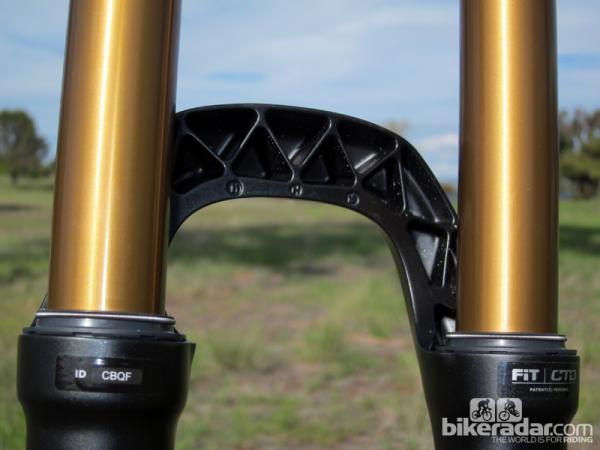
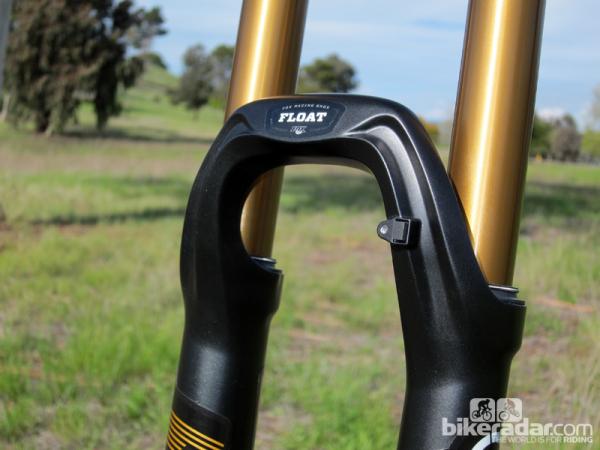
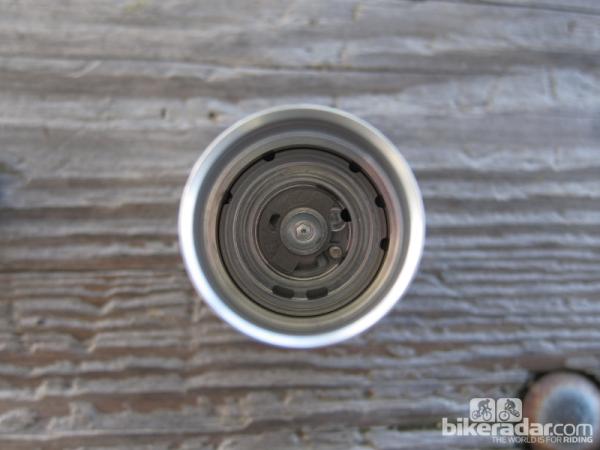
This article originally published on BikeRadar
FOX – formerly known as FOX Racing Shox – has debuted yet another giant round of new products for model year 2013: an expanded 34 fork range, a much lighter 29er cross-country fork, and its long awaited DOSS seatpost, which we covered in depth already. But the biggest change is the new CTD damper, which refines FOX's already excellent hydraulic design into a simpler interface that's intended to help any rider more readily extract the most performance possible without requiring a degree in fluid dynamics.
What is CTD?
CTD is a new compression damper design that is integrated into all FOX 32 and 34 forks as well as all Float rear shocks. The thinking behind the new CTD compression damper can be inferred by what the acronym stands for: Climb, Trail, and Descend. Instead of having individual controls and lots of clicks for low-speed compression, lockout, ProPedal, and blowoff threshold, CTD instead reduces the options to just those three settings with all of the adjustments pre-selected for each of those riding situations.
'Climb' mode offers the firmest feel and most efficient ride, closing off all of the damper circuits save for a single blowoff piston with a high threshold. Cross-country oriented forks and shocks will be preset with an extra-high threshold while trail oriented units will have a somewhat more forgiving tune.
'Trail' mode retains the blowoff piston but adds a second port with a needle valve to provide some low-speed compression tuning – higher-end models get a three-position 'Trail Adjust' adjustable needle to fine-tune the feel. Yet another port feeds the oil into a separate preloaded shim stack for mid-high speed control. Current FOX suspension users will essentially find this mode analogous to existing ProPedal settings, offering a slightly firmer feel overall but still with enough bump control for most off-road riding situations.
Finally, 'Descend' mode shuts off the blowoff piston and needle valve ports in favor of an open port and the same preloaded shim stack for the greatest possible oil flow, thus offering the most thorough square bump performance and the softest feel for maximizing the travel use in faster downhill situations.
Get The Leadout Newsletter
The latest race content, interviews, features, reviews and expert buying guides, direct to your inbox!
Purists will invariably scoff at the new CTD design, saying it removes a level of customization and fine-tuning available with the current models' collection of individual adjustments. While there may be some truth to that (we'll get to our ride impressions later), CTD's simplified interface takes the guesswork out of the process and will make it easier for the majority of FOX suspension users to extract more suspension performance.
In addition, FOX will offer optional cable-actuated, three-position remote levers that can control either the fork or rear shock – or both at once like Scott's TwinLoc system. Forks can be easily converted between crown-mounted knobs or handlebar remote levers by swapping just a few small parts instead of trading out an entire damper assembly as on previous versions and while adding the remote removes the external Trail Adjust feature, the desired tune can be preselected internally when swapping out the bits.
Rear shocks are unfortunately remote or manual-specific but the remote-equipped models get a vastly tidier and lower-friction setup than before with reversible routing.

A small window indicates the selected mode on the dual CTD remote lever. Three mounting holes allow for some fore-aft adjustability
Expanded 34 range and new 650B options
FOX's collection of enduro-themed, 140mm-travel 34mm chassis forks proved popular last year, offering a 20 percent claimed stiffness boost over an equivalent 32mm fork but shedding 200g (0.44lb) from a comparable 36 and offering the same ultimate strength. FOX expands from two models last year to six for 2013, adding not only a 26"-wheeled Float and travel-adjustable TALAS but two 650B versions as well – both with a generous 160mm of maximum travel.
The new 34 forks – and in fact, all air-sprung FOX forks with 130-180mm of travel – also get a revised air spring. According to FOX, rider and OEM feedback suggested the existing spring rate was too progressive so the negative spring is now longer and uses a softer spring rate, thus flattening out the curve deeper into the travel for a more coil-like feel while even reducing the initial breakaway force for improved sensitivity.
All 34 forks are air sprung with 15mm thru-axle dropouts and tapered steerers only. Claimed weights for the top-end Factory-level forks are as follows:
- 34 Float 26 160 FIT CTD: 1,950g (4.30lb)
- 34 TALAS 26 160 FIT CTD: 2,040g (4.49lb)
- 34 Float 650B 160 FIT CTD: 1,990g (4.38lb)
- 34 TALAS 650B 160 FIT CTD: 2,070g (4.57lb)
- 34 Float 29 140 FIT CTD: 2,040g (4.49lb)
- 34 TALAS 29 140 FIT CTD: 2,120g (4.68lb)
Lighter 32 chassis for 2013
FOX engineers attacked the 32 range with a healthy dose of FEA, lopping 125g (0.28lb) from the lightest 26" 2012 model and a whopping 204g (0.45lb) from the lightest 29" model, meaning the 2013 model year will mark the first time FOX has broken the 3lb barrier. Common changes include a more aggressive 80mm transition on tapered steerer tubes (-23g) that will also allow for shorter head tubes, refined crown forgings (-36g to -42g depending on model), and new magnesium lower leg castings (-63g to -109g depending on model) with more finely tuned butting profiles, a more intricately webbed arch, and more carefully ribbed dropouts.
FOX will offer a total of 19 different 32 forks for the aftermarket with travel ranging from 100-150mm and applications covering pure cross-country, trail, all-mountain, and even dirt jumping. Options for most models include 9mm open or 15mm thru-axle dropouts, straight or tapered steerers, and sealed FIT or open bath cartridge styles.
Weights for key Factory-level models are as follows:
- 32 Float 26 100 FIT CTD: 1,350g (2.98lb)
- 32 Float 26 150 FIT CTD: 1,746g (3.85lb)
- 32 TALAS 26 140 FIT CTD: 1,660g (3.66lb)
- 32 Float 29 100 FIT CTD: 1,470g (3.24lb)
- 32 TALAS 29 120 FIT CTD: 1,840g (4.05lb)
Tweaked Float rear shocks
All Float rear shocks will feature CTD dampers for 2013 and while the exact mechanism by which the three oil paths are run and selected differ from the forks, the concept is the same: more attainable performance levels from a simplified three-position interface with top models also getting three sub-settings in Trail mode. In the case of the Float rear shock, the blowoff piston used in the fork's Climb and Trail modes is replaced by FOX's awesome Boost Valve technology with a wide range of factory air pressures to provide the desired feel.
Keen-eyed readers will also notice the new head and air sleeve design, which shaves about 33g from the previous version while also offering more air volume for a flatter spring curve and more surface area for improved cooling. Optional clip-in spacers will recreate last year's more progressive rate if desired and there are also two additional air sleeves with progressively larger volumes and even flatter spring rates where appropriate.
Other small improvements include much more positive and stronger detents for the machined aluminum adjusters and hugely improved seven-piece mounting hardware with resin flange bushings and an aluminum thru-pin that greatly reduces friction plus o-rings to seal out moisture.
FOX expanding from hardware into software
As it turns out, last year's Smart Pump teaser was just a precursor for FOX's new Intelligent Ride Dynamics advanced development program. That project is still pending but coming later this year is a trick shock pump with a precise digital gauge for more accurate fork and shock inflation. Coming even sooner than that – in just a few weeks, in fact – is a fantastically clever setup app for use on iOS and Android platforms.
The new app guides users in the setup process in easy to follow, step-by-step prompts. All 2013 forks and shocks will now feature a unique identifier code, which is entered into the app to provide factory tuning information such as model type, Boost Valve pressure, air can volume, shim stack characteristics, and other metrics. The app uses that information along with the rider's total weight to suggest an initial starting pressure.
The rider then sits on the bike and records the sag position as usual via the o-ring that's installed on every fork and shock. The next screen is the really neat part: you then move your iOS or Android device so that the image of the stanchion overlays the template on your screen. If your o-ring falls within the green shaded band, you're good to go. If it falls outside of that window, just note whatever number is sitting next to the current position, inflate the fork to that value, and repeat the process until you've got it right.
Once the sag is set, the system will even suggest a rebound setting based on the known damper characteristics and then records everything in a digital file you can refer to later as needed. In keeping with the theme of CTD, the new app is easy as pie to use and should help users at least achieve proper baseline values for good performance.
Ride impressions
We spent two days just outside San Jose, California sampling many of FOX's new 2013 wares and while we won't have a thorough assessment until a longer-term trial on familiar grounds, we certainly have enough to generate some initial thoughts (we covered the DOSS seatpost already so we won't repeat ourselves here).
CTD indeed requires more experienced users to 'let go' a little, given that the previous assortment of dials and knobs and now essentially been replaced with a three-position switch that does the thinking for you.
As expected, Climb mode is ideal for long fire road climbs with almost no movement when pedaling in the saddle but enough give to take the sting off if you hit something. Trail mode was perhaps our favorite overall, offering up a surprisingly supple or subtly firm feel depending on which of the three Trail Adjust settings you've selected. There's almost no harshness to speak of and yet there's plenty of platform and springiness to push off of if you're trying to preload the suspension and shoot yourself out of corners and over obstacles.
Depending on the quality of the rear suspension design (we rode both a Yeti SB-66 and a Santa Cruz Tallboy C), it even works well enough that we almost never felt the need for the Climb setting.

We tested FOX's new 32 Float 29 100 FIT CTD Remote on Santa Cruz's Tallboy C
We weren't quite as keen on the Descend mode, though, especially when paired with the flatter spring rate of the new 34 Float 26 160 FIT CTD. It's certainly ultra-supple and simply erases many typical-sized hits but we also found ourselves blowing through the travel coming off of even modest-sized downhill steps. There was also a lot of brake dive before entering into tight switchbacks. We generally preferred the softest Trail setting instead but we'd still be curious what the new fork would feel like with a bit of extra oil in the air chamber – thus increasing the spring rate progression.
Just like on the DOSS seatpost, our impressions of the new CTD remote system were decidedly mixed. On the one hand, the system absolutely works. Changes in settings are very noticeable, switching both fork and rear shock simultaneously yields a balanced feel in most situations, and the lever action is impressively light. However, the two-stage lever design is awkward to operate and the ergonomics leave much to be desired.
More critically, adding the dual CTD remote in conjunction with a dropper seatpost results in a confusing array of controls on your bar – eight separate levers in all if you're using a DOSS! It was certainly confusing at first though we admittedly started to get the hang of it after about an hour. Even so, it's a lot of clutter and a lot to think about, particularly if you're trying to make all those adjustments on a demanding section of trail.
We're still awaiting final pricing but in typical fashion, all of this gear will begin arriving in stores in just a few weeks. We're expecting our test samples in that timeframe, too, so check back for a more thorough assessment later this summer.